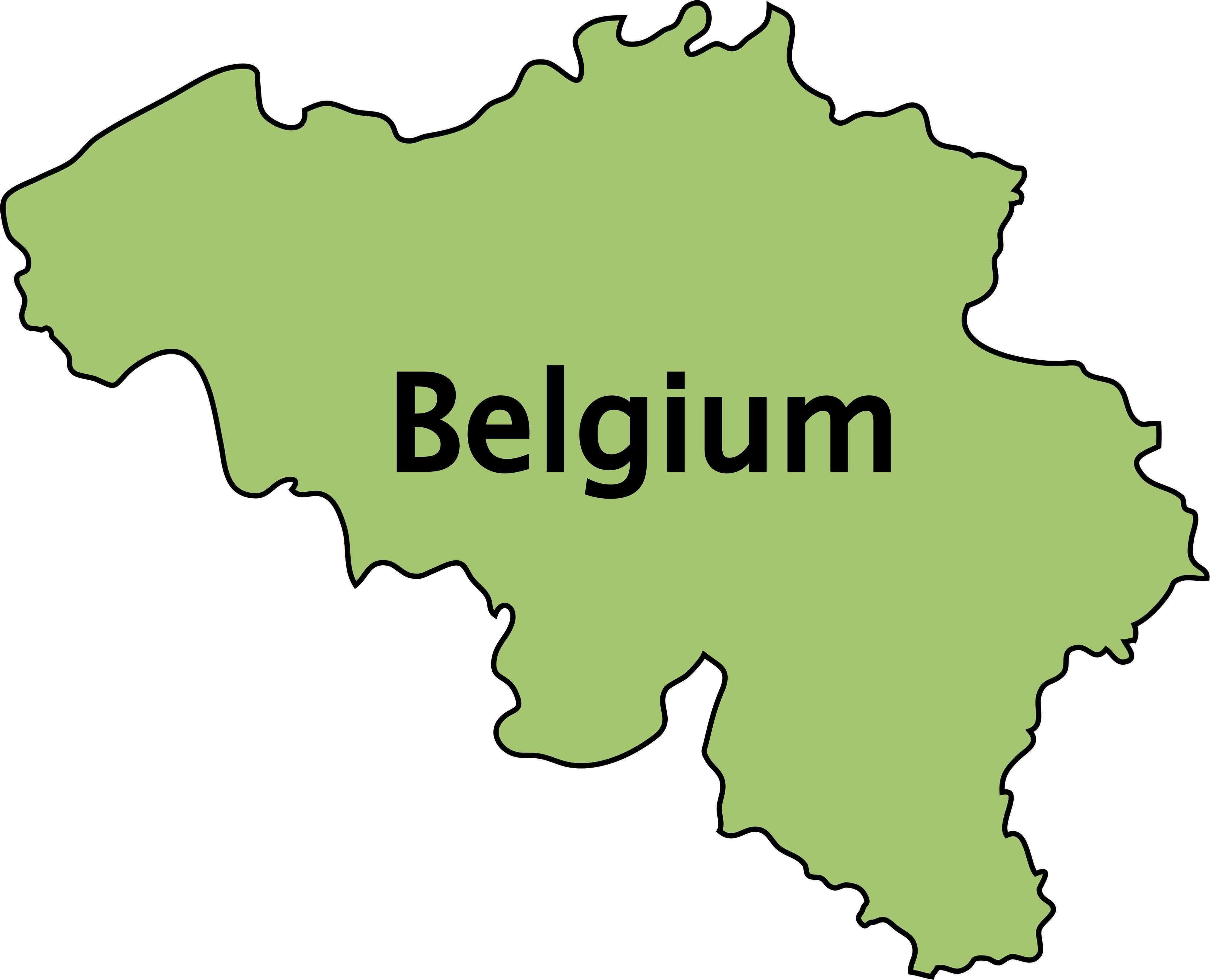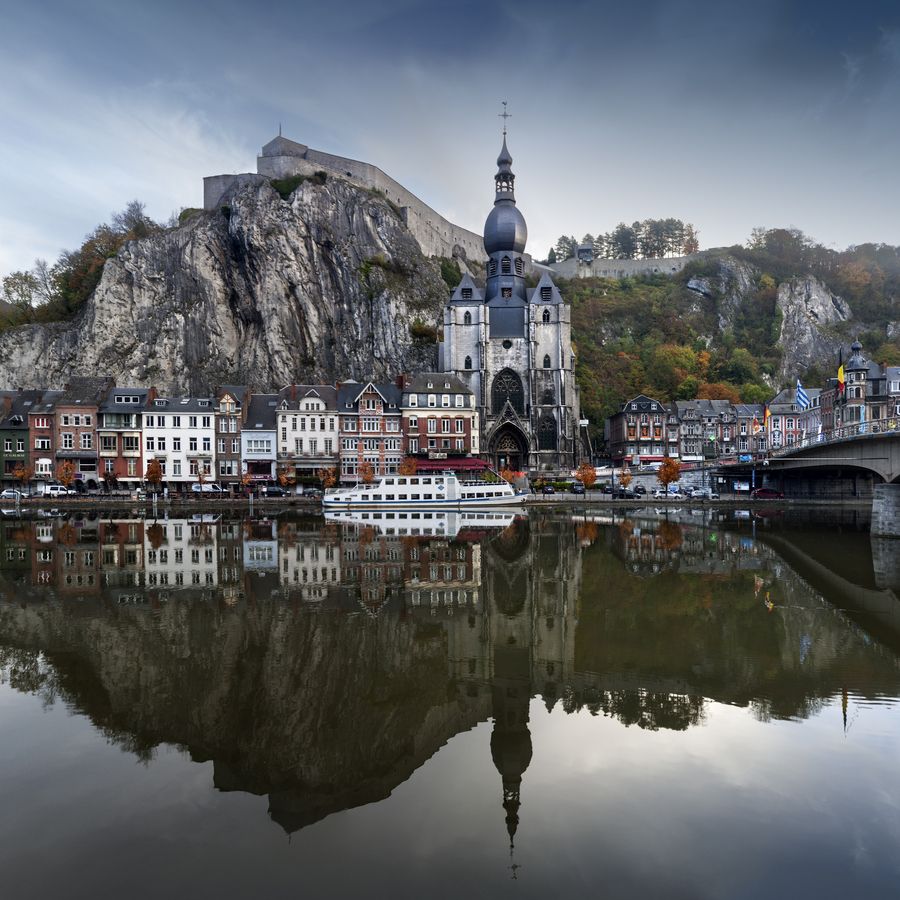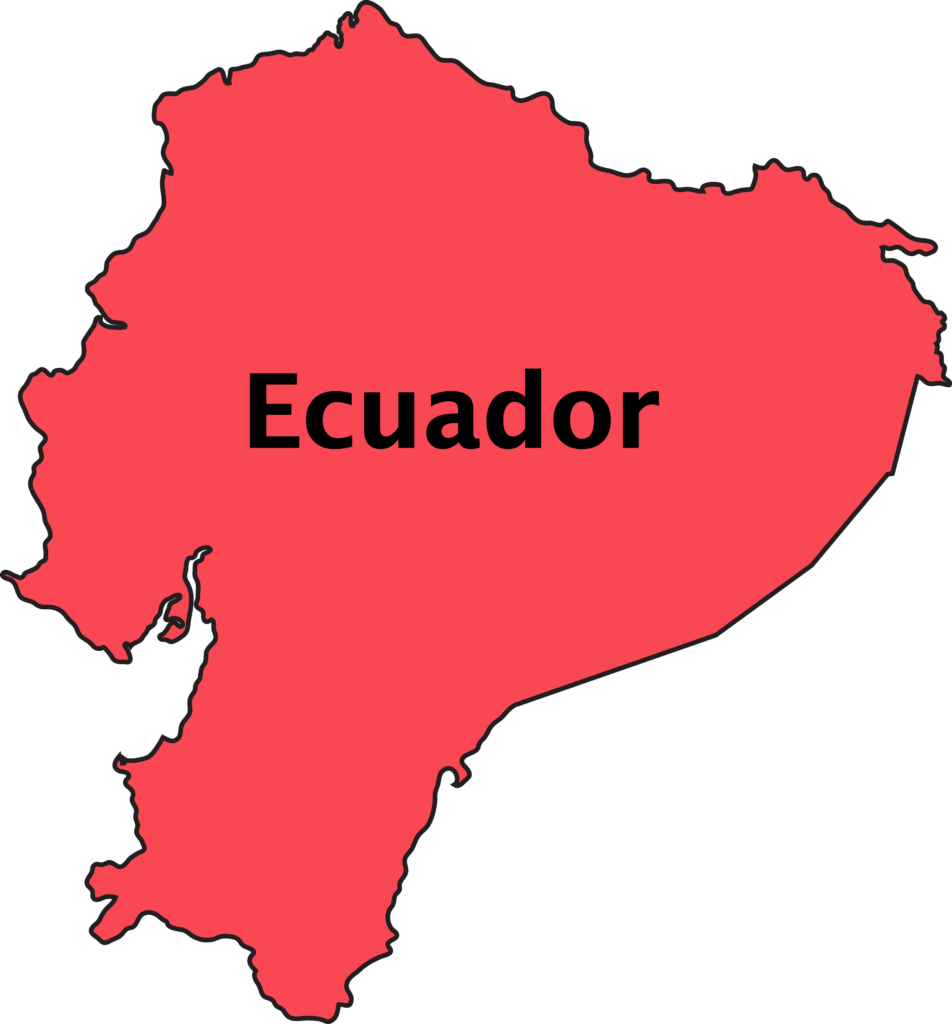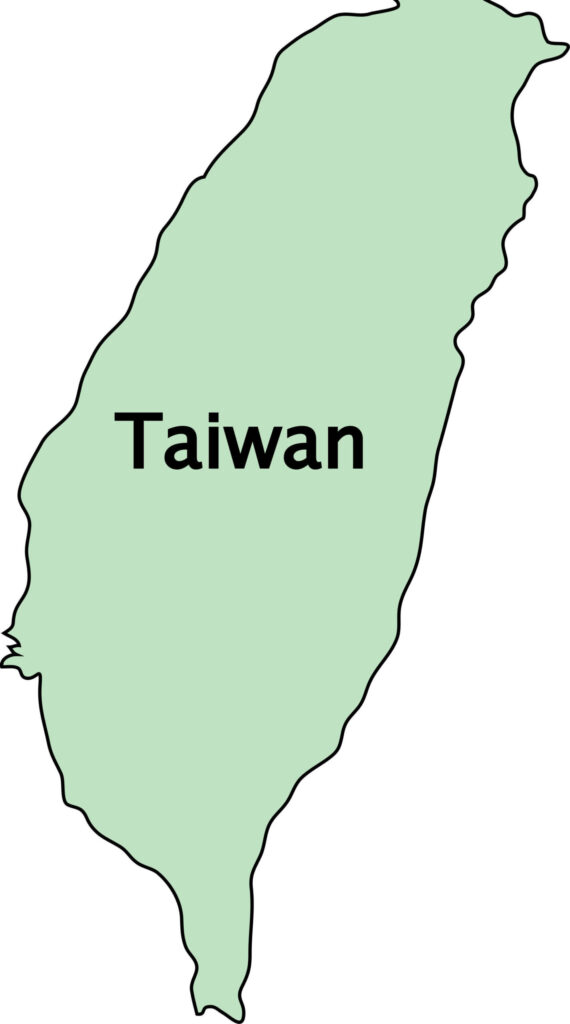Introduction to Belgium
Geographic Overview
Belgium is located in Western Europe, bordered by the Netherlands to the north, Germany to the east, Luxembourg to the southeast, France to the southwest, and the North Sea to the northwest. Despite its small size, Belgium plays a significant role in European politics and culture.
Fun Fact
Belgium is often referred to as the “crossroads of Europe” due to its central location and historical significance in European trade and politics.
Historical Context
Belgium has a rich and complex history, from ancient Roman settlements and medieval trade hubs to its role in the World Wars and the formation of the European Union. The country gained independence from the Netherlands in 1830 and has since developed a unique national identity.
Belgium Maps
Political Map
A political map of Belgium highlights its administrative divisions, including regions, provinces, and major cities.
- Regions: Belgium is divided into three regions: Flanders (Dutch-speaking), Wallonia (French-speaking), and the Brussels-Capital Region (bilingual).
- Provinces: Belgium is further divided into 10 provinces within the Flanders and Wallonia regions.
- Major Cities: Key cities include Brussels (the capital), Antwerp, Ghent, Bruges, and Liège.
Physical Map
A physical map showcases Belgium’s diverse topography, including
- Ardennes: A hilly region in the southeast known for its forests, rivers, and outdoor recreational activities.
- Central Plateau: A flat to gently rolling area with fertile soils, ideal for agriculture and urban development.
- Coastal Plain: A low-lying area along the North Sea, characterized by sandy beaches and coastal dunes.
Climate Map
Belgium has a temperate maritime climate, with mild winters and cool summers, influenced by the North Sea and the Atlantic Ocean.
- Coastal Region: Mild and humid with moderate rainfall throughout the year.
- Inland Areas: Slightly more continental with colder winters and warmer summers compared to the coast.
- Ardennes: Cooler temperatures and higher precipitation, especially in winter, with occasional snowfall.
Geographic Features
Ardennes
The Ardennes is a region of rolling hills and dense forests, extending into southern Belgium. Key features include
- Signal de Botrange: The highest point in Belgium at 694 meters above sea level.
- Semois Valley: A picturesque area known for its scenic landscapes and outdoor activities like hiking and kayaking.
Central Plateau
The Central Plateau is the heartland of Belgium, featuring fertile soils and a mix of urban and rural landscapes. Key aspects include
- Brussels: The capital city, known for its political significance and cultural landmarks.
- Agricultural Land: Extensive farmlands producing crops such as wheat, barley, and sugar beets.
Coastal Plain
The Coastal Plain along the North Sea is characterized by its flat terrain and sandy beaches. Key highlights include
- Zeebrugge: A major port and hub for maritime trade.
- Belgian Coast: Popular for its seaside resorts and tourism, particularly in towns like Ostend and Knokke-Heist.
Political Divisions
Regions and Communities
Belgium is a federal state composed of three regions and three language communities
- Flemish Region: Dutch-speaking, encompassing the northern part of the country.
- Walloon Region: French-speaking, covering the southern part.
- Brussels-Capital Region: Bilingual, with both Dutch and French as official languages.
- Communities: Flemish Community (Dutch-speaking), French Community (French-speaking), and German-speaking Community (a small area in the east).
Provinces and Capitals
Each region is divided into provinces, with the Flemish and Walloon regions each containing five provinces
- Flemish Provinces: Antwerp, East Flanders, Flemish Brabant, Limburg, and West Flanders.
- Walloon Provinces: Hainaut, Liège, Luxembourg, Namur, and Walloon Brabant.
- Provincial Capitals: Examples include Antwerp (Antwerp Province), Ghent (East Flanders), and Namur (Namur Province).
Major Cities
Brussels
Brussels is the capital city and a major political center, hosting institutions like the European Union and NATO. Key attractions include
- Grand Place: A UNESCO World Heritage site and the central square of Brussels.
- Atomium: A unique building and museum, originally constructed for the 1958 Brussels World Expo.
Antwerp
Antwerp is a major port city known for its diamond industry, fashion, and cultural heritage. Notable landmarks include
- Cathedral of Our Lady: A Gothic masterpiece with works by the painter Rubens.
- Antwerp Zoo: One of the oldest and most renowned zoos in the world.
Ghent
Ghent is a vibrant city with a rich history, known for its medieval architecture and cultural festivals. Key sites include
- Gravensteen Castle: A medieval fortress in the heart of the city.
- St. Bavo’s Cathedral: Home to the famous Ghent Altarpiece, a significant work of art.
Bruges
Bruges is famous for its well-preserved medieval architecture and charming canals. Highlights include
- Belfry of Bruges: A medieval bell tower with panoramic views of the city.
- Market Square: The bustling central square surrounded by historic buildings and shops.
Liège
Liège is an industrial and cultural hub in eastern Belgium, known for its dynamic nightlife and rich history. Key attractions include:
- Liège-Guillemins Railway Station: A modern architectural marvel designed by Santiago Calatrava.
- Montagne de Bueren: A steep staircase with 374 steps offering impressive city views.
Natural Wonders
Ardennes Forest
The Ardennes Forest is a natural wonder offering numerous outdoor activities. Key features include
- Wildlife: Home to diverse wildlife, including deer, wild boar, and numerous bird species.
- Outdoor Activities: Popular for hiking, mountain biking, and canoeing.
Hautes Fagnes
The Hautes Fagnes (High Fens) is a high-altitude moorland area known for its unique landscapes and biodiversity. Highlights include
- Nature Reserve: A protected area with rare plant species and peat bogs.
- Signal de Botrange: The highest point in Belgium, offering hiking trails and scenic views.
Meuse Valley
The Meuse Valley is a picturesque region along the Meuse River, known for its scenic beauty and historic towns. Key attractions include
- Dinant: A charming town famous for its citadel and saxophone heritage.
- Namur: The capital of Wallonia, known for its impressive citadel overlooking the Meuse River.
Cultural Highlights
Belgian Cuisine
Belgian cuisine is renowned for its rich flavours and diverse influences. Key elements include
- Waffles: Belgian waffles are famous worldwide, with varieties like Brussels waffles and Liège waffles.
- Chocolate: Belgium is renowned for its high-quality chocolate and pralines.
- Beer: Belgium boasts a wide variety of beers, from Trappist ales to lambics and saisons.
Festivals and Traditions
Belgium has a vibrant cultural scene with numerous festivals and traditions. Key highlights include
- Carnival of Binche: A UNESCO-recognized festival featuring unique costumes and parades.
- Gentse Feesten: A ten-day cultural festival in Ghent, offering music, theatre, and street performances.
Art and Architecture
Belgium has a rich artistic heritage, with contributions to various art movements. Key aspects include
- Flemish Masters: Renowned painters like Jan van Eyck, Pieter Bruegel, and Peter Paul Rubens.
- Art Nouveau: Brussels is known for its Art Nouveau architecture, with notable buildings designed by Victor Horta.
Language and Identity
Belgium’s linguistic diversity is a significant aspect of its cultural identity. Key elements include
- Multilingualism: Belgium has three official languages: Dutch, French, and German.
- Cultural Communities: Each language community has its own cultural institutions and traditions.
What is the capital of Belgium?
The capital of Belgium is Brussels, which is also the administrative center of the European Union.
How many official languages does Belgium have?
Belgium has three official languages: Dutch, French, and German.
What is Belgium known for?
Belgium is known for its chocolate, waffles, beer, medieval towns, and significant role in European politics.
How many regions does Belgium have?
Belgium has three regions: Flanders, Wallonia, and the Brussels-Capital Region.
What are some popular tourist destinations in Belgium?
Popular tourist destinations include Brussels, Bruges, Ghent, Antwerp, and the Ardennes.
What is the climate like in Belgium?
Belgium has a temperate maritime climate, with mild winters and cool summers.
What are Belgium’s main exports?
Belgium’s main exports include machinery, chemicals, diamonds, pharmaceuticals, and foodstuffs.
How does Belgium’s geography influence its culture?
Belgium’s geography influences its culture significantly through its diverse regions, each contributing unique traditions, cuisines, and architectural styles.
- 10 Largest Cities In Nevada - September 2, 2024
- 10 Largest Cities In The United States - September 1, 2024
- Bollywood, Pollywood, Tollywood, And More – Film Industry Nicknames Around The World - September 1, 2024





